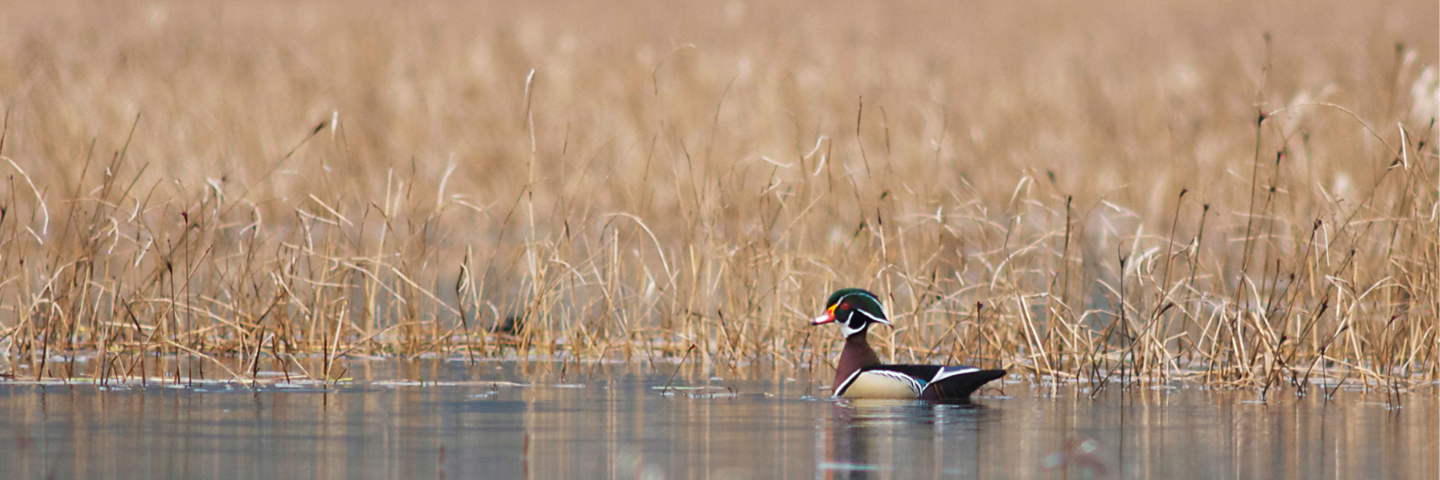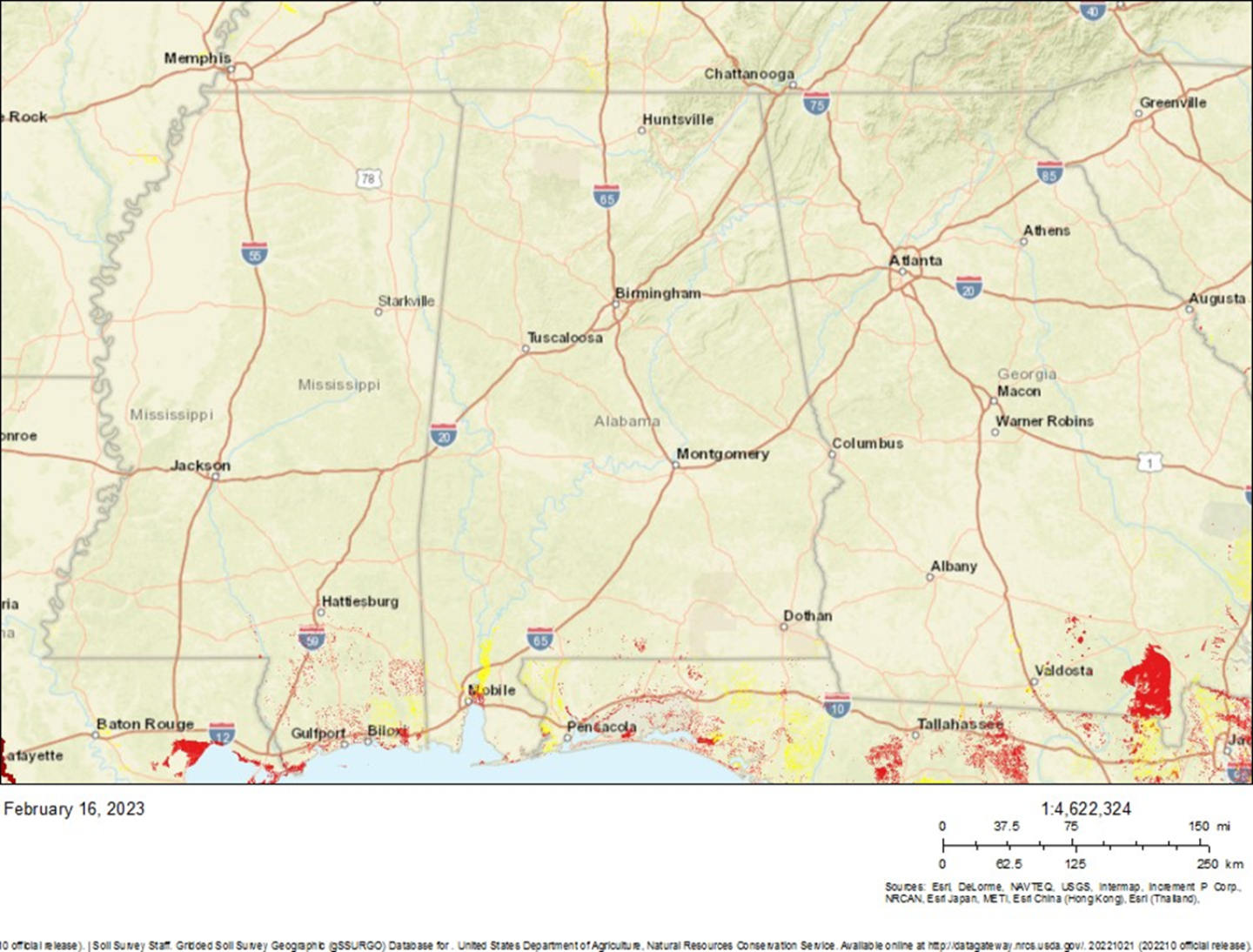Alabama NRCS Announces 2023 Inflation Reduction Act (IRA) funded Agricultural Conservation Easements Program for Agricultural Land and Wetland Reserve Easement Sign-Up

Alabama NRCS Announces 2023 Inflation Reduction Act (IRA) funded Agricultural Conservation Easements Program for Agricultural Land and Wetland Reserve Easement Sign-Up
Alabama NRCS Announces 2023 Inflation Reduction Act (IRA) funded Agricultural Conservation Easements Program for Agricultural Land and Wetland Reserve Easement Sign-Up
AUBURN, Ala., February 17, 2023, – USDA’s Natural Resources Conservation Service announced the 2023 Inflation Reduction Act funded Agricultural Conservation Easements Program Agricultural Land (IRA ACEP-ALE) and Wetland Reserve (IRA ACEP-WRE) Easement sign-up with an application deadline of March 17th for farmers, ranchers and private landowners to apply for financial and technical assistance.
NRCS accepts ACEP-ALE and ACEP-WRE applications throughout the year but makes funding selections at specific times during the fiscal year. The Inflation Reduction Act P.L. 117-169 passed by the 117th United States Congress authorized the use of ACEP funds for easements or interests in land that will most reduce, capture, avoid, or sequester carbon dioxide, methane, or nitrous oxide emissions associated with land eligible for the program. The IRA funds used for ACEP must be used in agreements implemented, executed, closed, and paid prior to September 30, 2031. NRCS is encouraging Alabama producers and private landowners to submit their applications as soon as possible because funding is limited. NRCS provided over $1 million in ACEP-WRE funding to eligible Alabama farmers, ranchers, forest landowners, and private landowners in fiscal year 2022.
“NRCS works hard to help eligible farmers, ranchers and private landowners plan and carry out conservation practices that can benefit all of Alabama’s residents by providing clean air and water, healthy and productive forests, and healthy soils. ACEP-WRE provides crucial funding to help producers carry out these practices on their agricultural land,” said Ben Malone, State Conservationist for Alabama.”
ACEP-WRE Priority Areas —The two IRA ACEP-WRE priority areas (attached map identifies priority areas) identify regions with soils high in organic carbon. These soils have a high nutrient content and available water capacity, the highest soil carbon sequestration potential, and are a priority for wetland restoration as a climate strategy for greenhouse gas mitigation. The FY 2023 IRA statute prioritizes land that will most reduce, capture, avoid, or sequester carbon dioxide, methane, or nitrous oxide emissions associated with land eligible for the program. The initial allocation of IRA funds must prioritize areas that will restore and protect permanent and persistent vegetative cover with the most immediate need. Focusing ACEP-WRE in areas with soils high in organic carbon, including Histosols, histic epipedon, wet Mollisols, and umbric epipedons, will optimize the soil carbon sequestration potential and prevent increased greenhouse gas emissions through the maintenance of existing non-cultivated areas, the restoration of previously cultivated areas to perennial vegetative cover, and the restoration of the natural hydrology to keep the soils saturated and anaerobic.
ACEP-ALE Priority Areas —The IRA ACEP-ALE priority areas (attached maps identifies priority areas) identify funding targets for grassland conversion to non-grassland and agricultural use. The IRA ACEP-ALE priority area was determined for FY 2023 based on the NRCS Working Lands for Wildlife framework for the grasslands biome. The FY 2023 IRA statute prioritizes land that will most reduce, capture, avoid, or sequester carbon dioxide, methane, or nitrous oxide emissions associated with land eligible for the program. The initial allocation of IRA funds must prioritize areas with the most immediate need for protection. The framework for the grasslands biome prioritizes critically important grasslands that can help sequester carbon and prevent increased greenhouse gas emissions by protecting the grassland from cropland conversion.
To learn more about financial and technical assistance available to help Alabama farmers and other landowners improve and protect their land, visit NRCS in Alabama’s website at https://www.nrcs.usda.gov/, or visit your local NRCS office. USDA service center locations are listed at https://offices.sc.egov.usda.gov.
#
USDA is an equal opportunity provider, employer and lender. To file a complaint of discrimination, write: USDA, Office of the Assistant Secretary for Civil Rights, Office of Adjudication, 1400 Independence Ave., SW, Washington, DC 20250-9410 or call (866) 632-9992 (Toll-free Customer Service), (800) 877-8339 (Local or Federal relay), (866) 377-8642 (Relay voice users).


